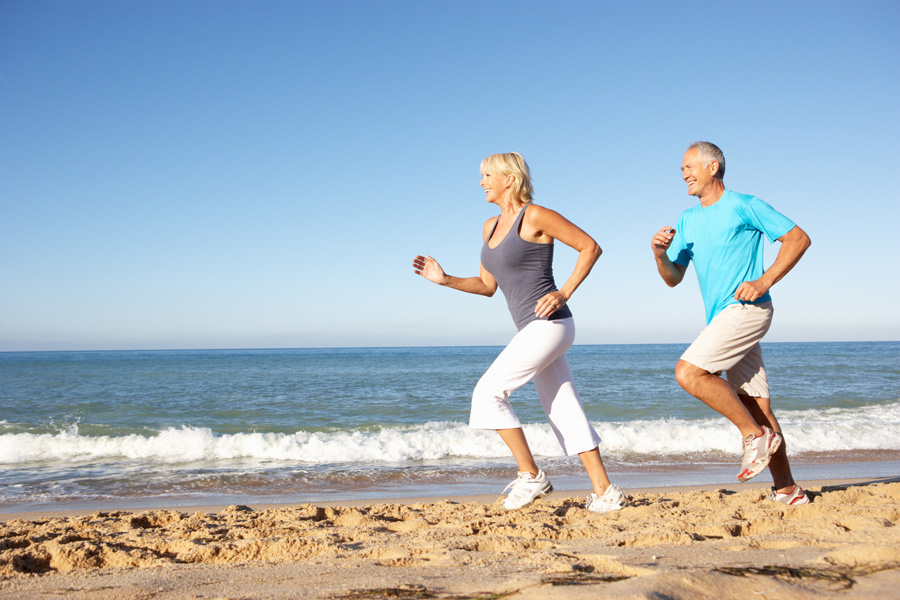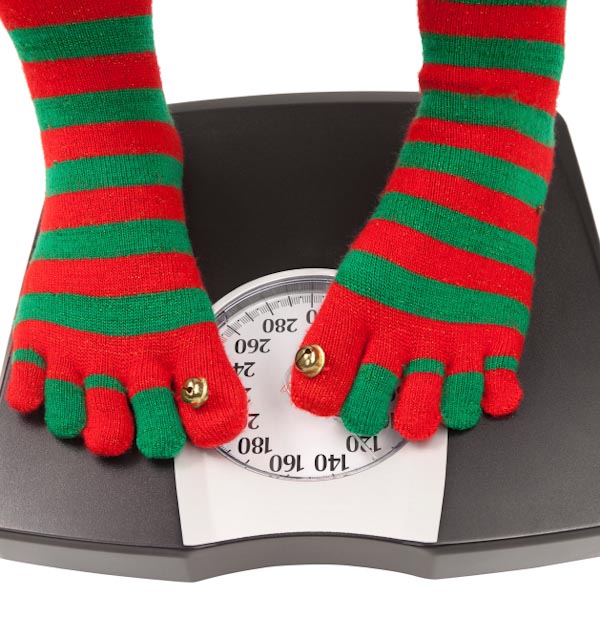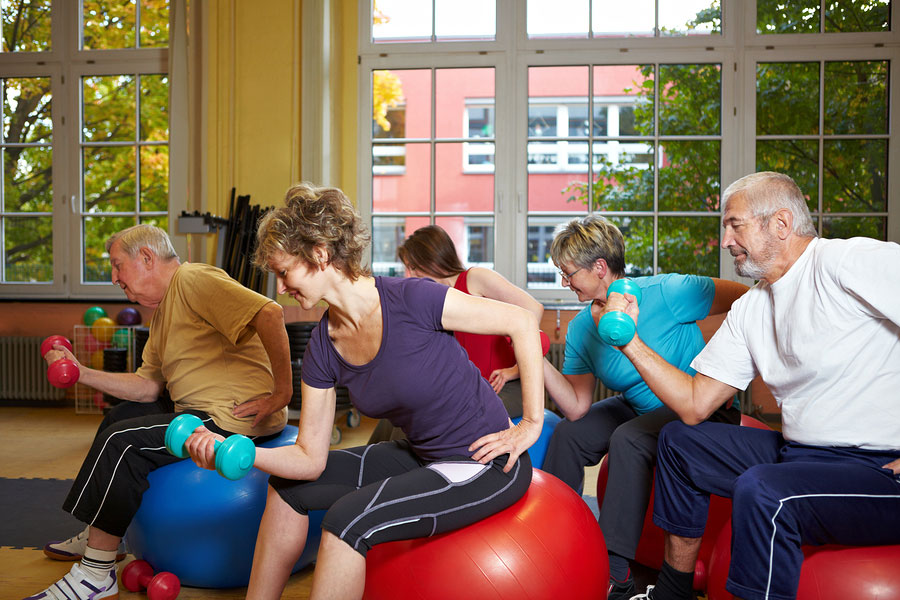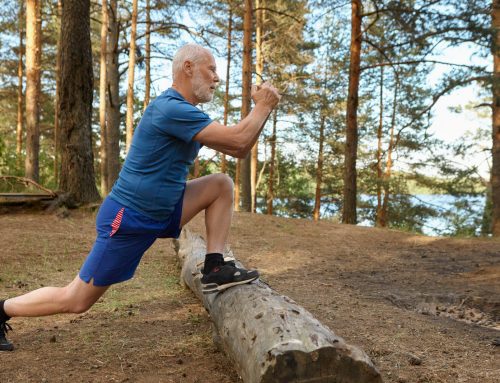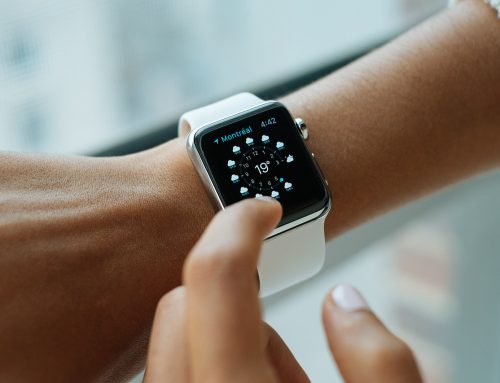Weight, or Resistance, Training for Everyone.
I have told you previously why it is scientifically both important and beneficial for us to have an exercise regimen of some sort for the rest of our lives, even if you have never undertaken one, ever, in your life previously.
Now let’s talk about the specific benefits such a regimen will give you. As with all exercise, it is critical that you talk over your plan with your health care provider and ensure that what you are planning is within your body’s capacity to undertake.
I have found The Men’s Health Big Book of 15 Minute Workouts (Yeager, 2011) and its companion, The Men’s Health Big Book of Exercises (Campbell, 2009) to be extremely helpful to my wife and I in providing clear instructions and concise workouts for us as the anaerobic (resistance) portion of our routine. As a consequence, much of what I write here is summarized from these two books.
I am not going to get into the physiology of weight training, but I will say that when you lift weights that are even a small challenge, changes take place in your muscles that cause them to become more resistant to fatigue (for a more detailed look, go to my earlier article entitled “Why We Should and Must Exercise”). But there are several very practical benefits from making lifting a part of your everyday routine.
Weight training increases your fat loss. One study found that those who lift weights lost the same amount of weight as those who only dieted or who only did aerobic exercises, but the weight lifters lost about 40% more fat than the other two groups.
Calorie loss will take place all day. Since lifting weights causes your body to be busy repairing and upgrading muscle fibers after each workout, your metabolism increases for a day and a half after each workout.
Resistance training has been shown to increase bone density. Since we lose bone density as we age, with that loss we increase our chances of sustaining a hip or spine fracture. Weight training and its increase in bone density could reduce the risk of such fractures.
Various studies have shown that making weight lifting part of your routine makes your heart healthier; lowers the risk and the effects of diabetes; cuts your risk of cancer and improves your diet.
The more subjective parts of our lives also improve with weight training. We tend to handle stress better; be less affected by jet lag; are happier overall; have less depression; and sleep better.
Weight training also brings with it more production in your life; probably a longer life span, reduces the risks associated with dementia and Alzheimer’s disease, and improves both memory and attention span.
In Campbell’s book, he addresses many the beginners’ questions about undertaking weight training and I summarize some of those questions and his answers below:
“How many repetitions for me?” To lose weight, start with 12 to 15, if building muscle is your goal, vary you work outs so that some days you do 5 reps and others 15.
“How many sets of and exercise should I do?” Enough so that the total of your reps for and exercise will be at least 25.
“How many days a week should I lift?” At least two. I do alternate days with an aerobic exercise on the other days and that works well for me, but twice a week would be fine, especially starting out.
“How long should my workout be?” I do mine for no more than twenty minutes, and have found Yeager’s book a great guide for this.
For you specifically, these questions need to be answered by your physician and I highly recommend investing in two or three sessions with a qualified personal trainer or physical therapist so you can develop correct ways of doing each exercise and tailoring your routine for your body and for your goals.
One other thing I have found to be essential in being successful in any kind of training is to have a partner. I am especially blessed to have my wife as my workout partner, but a friend or trainer will do just as well. I find that first of all having a partner means that I am motivated to exercise so as not to let them down, so we encourage each other to go daily, whatever the activity is.
Second, we can give important feedback on the correct way to do any exercise. Using correct form increases the benefits of each exercise and prevents injury. Thirdly we can compare results and urge each other on. (I find this really helpful when I weigh in weekly and find that there is a price to be paid for every time I cheated on either my diet or my routine).
When we include regular exercising in general and weight lifting as part of that routine, we are not trying to recover our youthful bodies, nor do we expect miracles overnight, but the benefits, both cosmetically and in ways not so visible, are many and rewarding. I cannot urge you more strongly to make weight training part of your routine, if only for 15 minutes twice a week. You will reap the fruit of this small investment in the form of years of increased activity, lowered health risks, and peace of mind.


